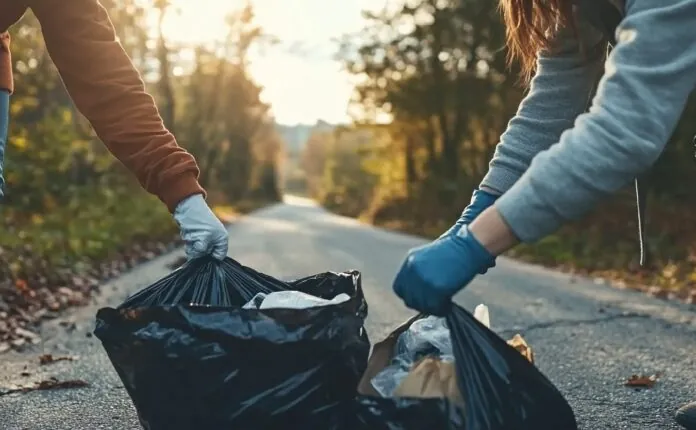
Everyone wants to live in a cleaner, healthier world. The idea feels simple. The challenge often lies in knowing where to begin. Messages about climate change, pollution, and waste can feel overwhelming. But the truth is, real change starts with daily choices—small, practical steps that add up over time. To keep the environment clean, you do not need grand gestures.
You need habits that stick. Reusable bags. Shorter showers. Less plastic. Smarter shopping. These choices shape cleaner streets, healthier air, and stronger communities. They matter more than most people realize.
This article brings together 37 proven ways to keep the environment clean. The goal is not to push perfection. The goal is to give you options. Some take a few seconds. Others grow into long-term routines.
1. Reduce Consumption
Consuming less is the single most powerful action anyone can take to protect the environment. Every product you skip saves energy, water, raw materials, fuel, and packaging. You don’t need to be extreme—just start paying attention to what you truly need and what you don’t.
People often buy things out of habit, boredom, or convenience. Instead of tossing out what still works, try using it longer. Skip seasonal decorations you don’t care about. Stop stockpiling sale items you’ll never use. Rethink the idea that more is always better.
- Borrow items you only need once
- Delay purchases for 24 hours to see if they still feel necessary
2. Compost Food Waste
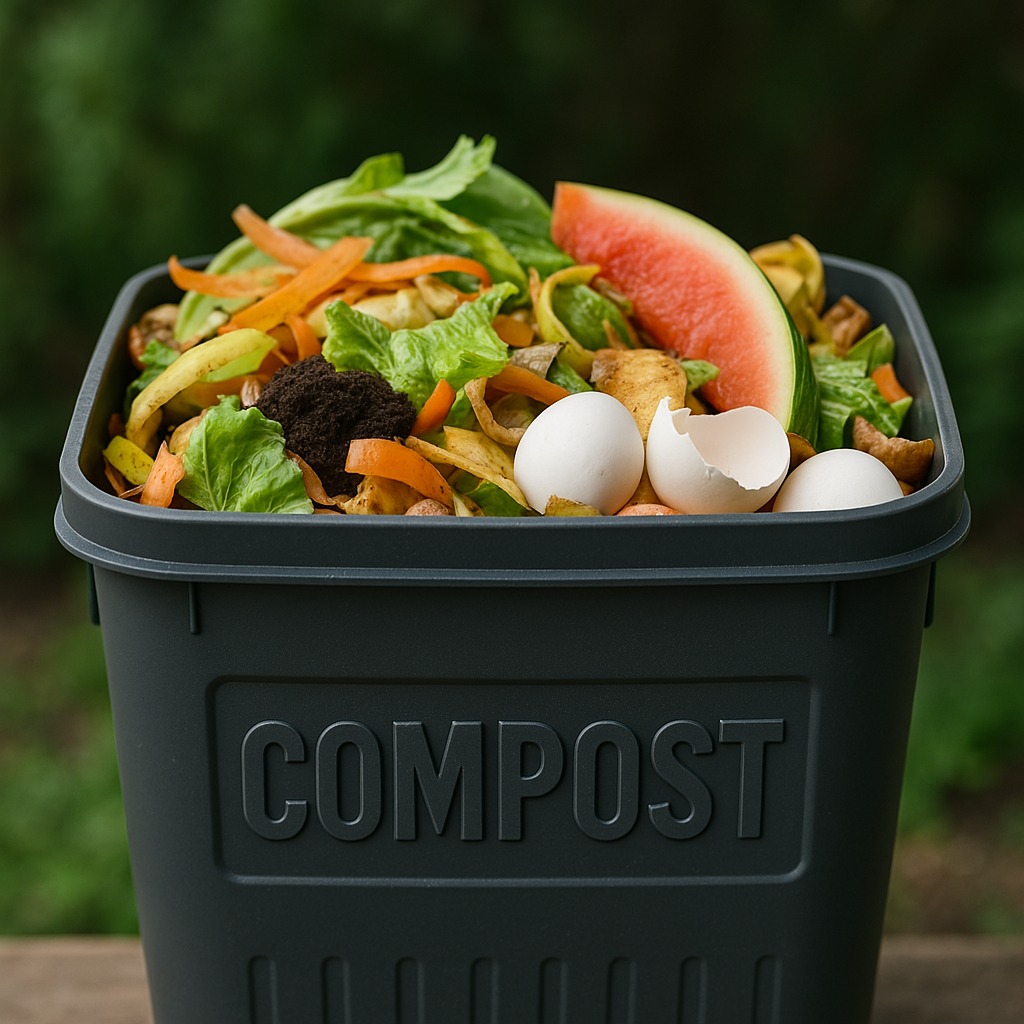
Food waste does not belong in the trash. When tossed in landfills, it rots without oxygen and creates methane, a gas far worse than carbon dioxide. Composting prevents that and turns scraps into natural fertilizer.
You don’t need a backyard. A simple bin on a balcony or a countertop pail works. Many cities offer drop-off sites or curbside collection. The key is keeping it simple and consistent.
Good Scraps to Compost
- Vegetable peels
- Fruit rinds
- Coffee grounds
- Eggshells
Avoid meat, dairy, and greasy food. Composting cuts your trash volume, saves landfill space, and helps gardens thrive without chemicals.
3. Drive Less
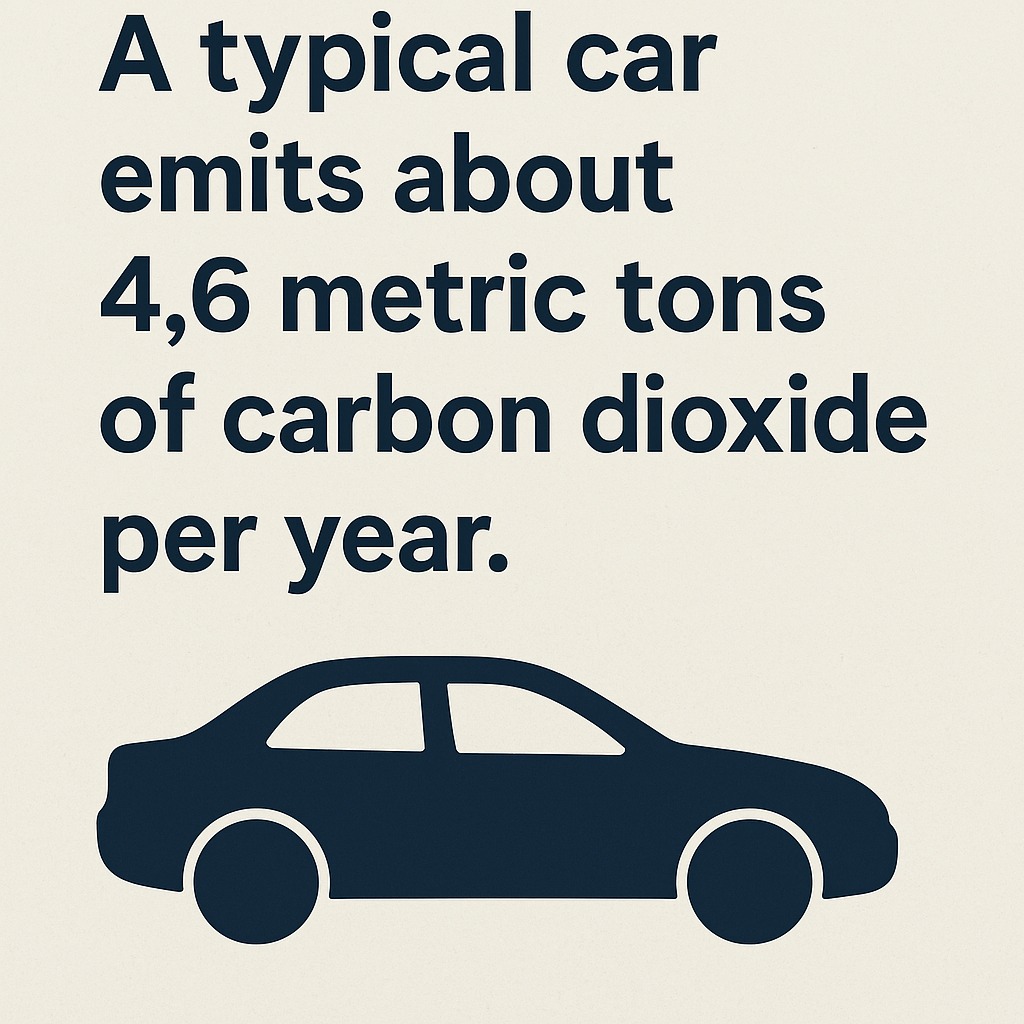
Cars release a massive amount of air pollution, especially in crowded cities. Driving less means breathing cleaner air, spending less on gas, and reducing climate damage. You don’t need to sell your car—just use it more wisely.
Before hopping in, ask if the trip is essential. Can it be done later, combined with other errands, or skipped entirely? Can you walk or bike instead? A ten-minute walk to the store instead of a five-minute drive may feel small, but it matters more than people think.
Try:
- Walking or biking short distances
- Carpooling with a neighbor
- Using public transit a few times per week
- Working from home once a week if your job allows it
4. Conserve Water
Fresh water is not as unlimited as it seems. Leaky pipes, running taps, and careless habits waste huge amounts every day. Saving water protects rivers, lakes, and drinking water sources.
Basic steps make a real impact. Turn off the tap while brushing your teeth. Use full loads in your washer and dishwasher. Fix dripping faucets as soon as they start. Showers don’t need to run for ten minutes—especially when two minutes of that is just standing there doing nothing.
Smart habits:
- Use a broom instead of a hose to clean patios
- Collect rainwater for plants
- Install a faucet aerator or low-flow showerhead
Even one small leak can waste over 100 gallons a week.
5. Support Environmental Regulations
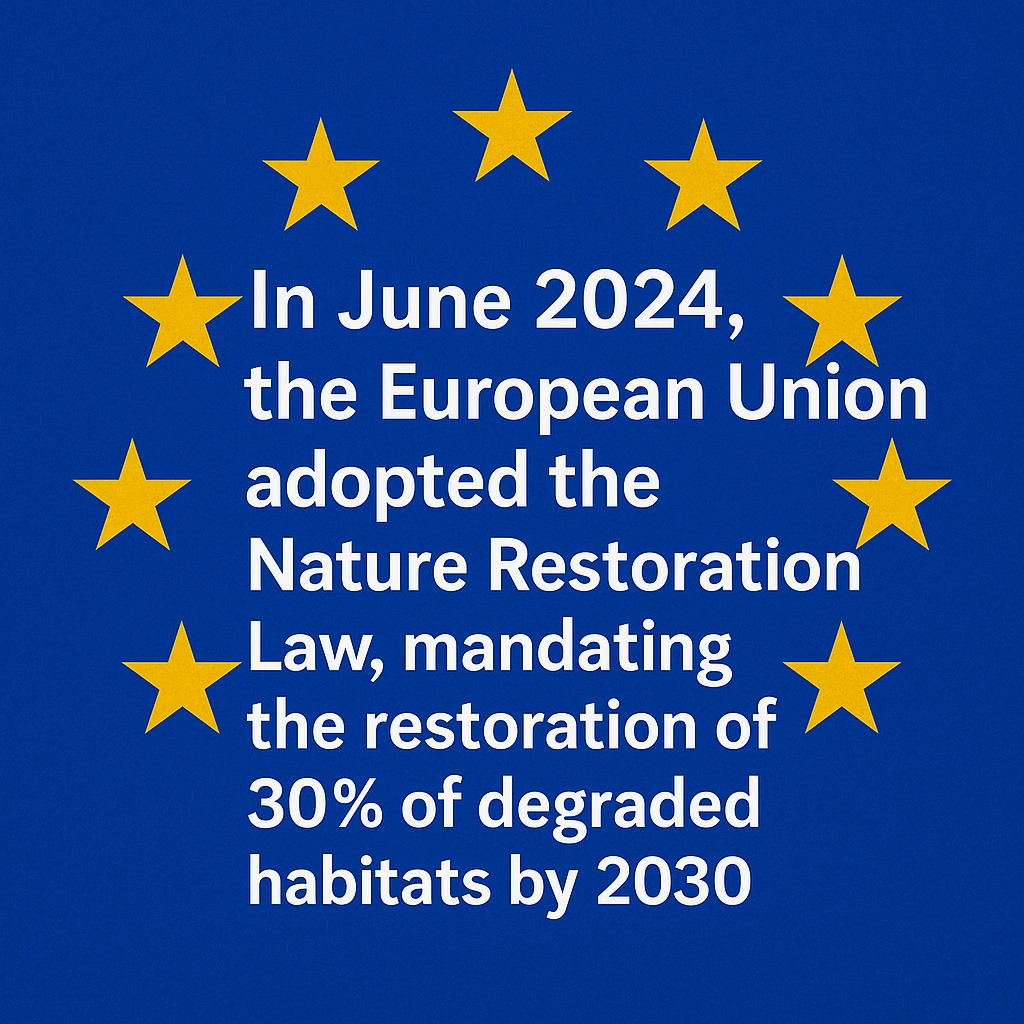
Good laws shape clean environments. Without regulations, companies dump waste freely, clear forests for short-term gain, and pollute water with zero consequences. Strong rules force industries to protect shared resources.
In December 2024, New York enacted the CLIMATE CHANGE SUPERFUND ACT, requiring fossil fuel companies to pay $75 billion over 25 years for climate damage.
Support leaders who push for clean air, land, and water. Read their voting records. Send a short email or call during a key vote. Attend local meetings when laws are being discussed—even one voice helps more than you think.
What helps:
- Sign up for updates from local environmental groups
- Vote in every election, not just the big ones
- Learn which policies affect your community’s air and water
6. Recycle Paper, Bottles, Cell Phones, Ink Cartridges, and More
Recycling helps recover useful materials and stops them from piling up in landfills. But not everything is actually recyclable in every town. That’s where people often get it wrong.
To keep the environment clean, focus on what your local facility actually accepts. Check your town’s website or ask directly. Putting the wrong item in the bin contaminates whole batches.
7. Use Fewer Chemicals

Every time strong chemicals go down a drain or into the soil, they don’t disappear—they enter the water system or linger in the air. That affects not only wildlife but your own body too.
Start by replacing harsh cleaning sprays with simple vinegar-based solutions. Skip synthetic air fresheners and bleach-heavy products. Use unscented laundry detergents.
Less chemical use means less indoor pollution, fewer allergy triggers, and a better chance to keep the environment clean without wrecking your own health in the process.
8. Avoid Fast Fashion
Those $5 shirts and $12 jeans have a bigger cost than what the price tag shows. Cheap fashion depends on low-wage labor, chemical-heavy materials, and mass waste. Clothes are burned, dumped, and shipped as garbage across the world.
To keep the environment clean, buy less clothing and wear it longer. Skip trends that only last a season. Stick with neutral items you’ll wear again and again.
Better Alternatives
- Thrift stores and consignment shops
- Local designers who produce in small batches
- Clothing swaps with friends
- Natural fibers like cotton, wool, and hemp
9. Buy Local Food
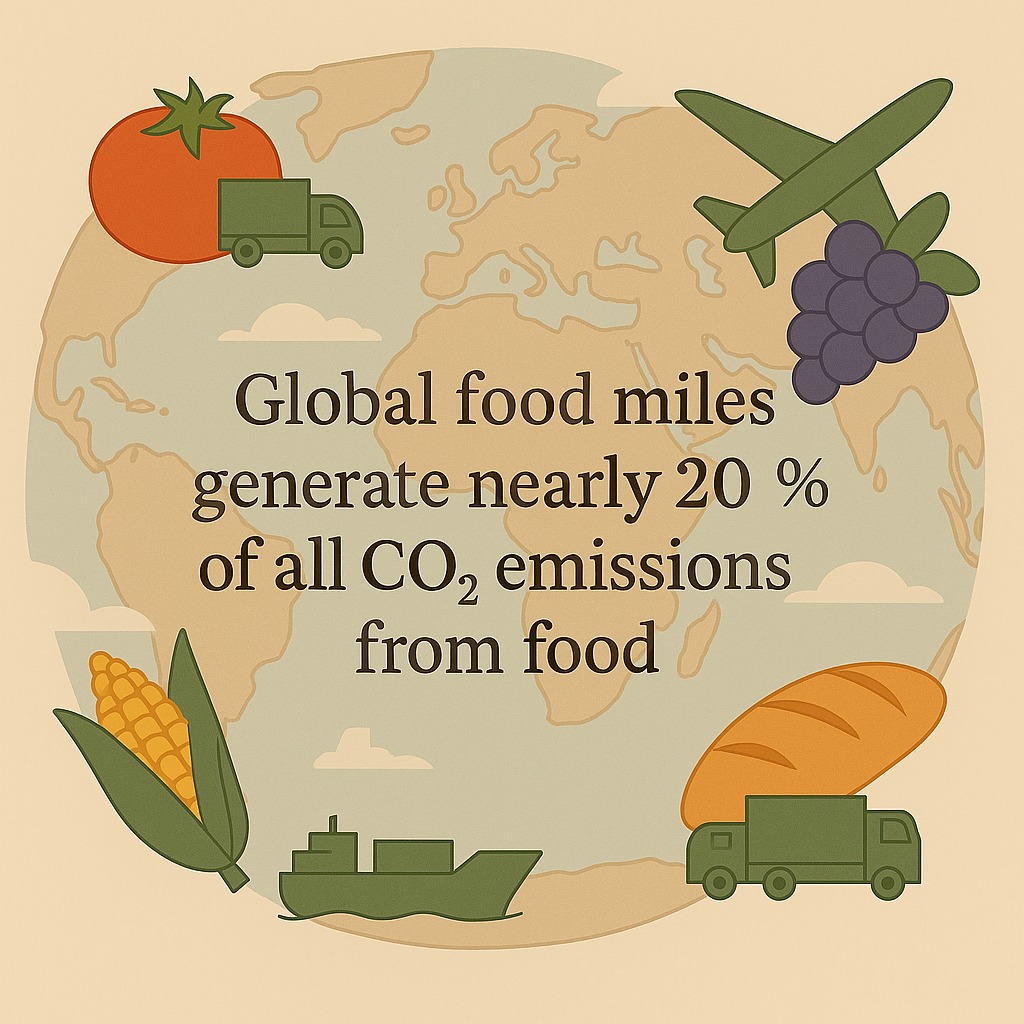
Imported food travels hundreds, sometimes thousands of miles before reaching the shelf. That’s gas, packaging, refrigeration, and pollution just to get something you could grow or buy near home.
Farmer’s markets, CSA boxes, and local food co-ops all reduce the distance between farm and table. The produce is fresher, the nutrients are stronger, and the carbon impact is much lower.
10. Grow Your Food at Home
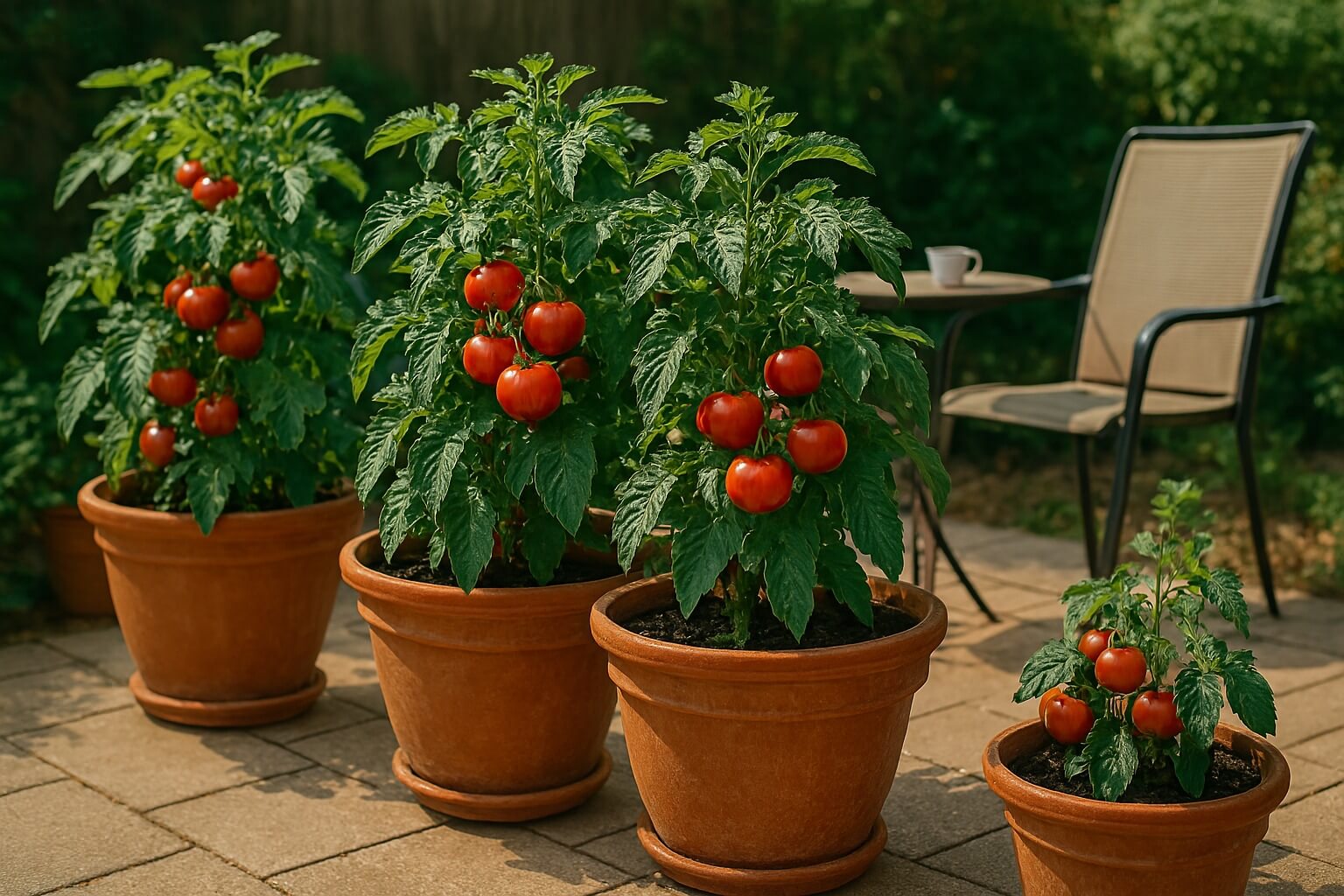
Growing food changes how you see waste, soil, and effort. Even a pot of herbs on a windowsill counts. You control what goes into your food and what stays out—no pesticides, no plastic containers, no delivery trucks.
It doesn’t have to be big. Lettuce in a raised bed. Tomatoes on a patio. Green onions in a water jar. Kids love watching things grow, and you start to value food more when you’ve put your hands in the dirt.
Gardening helps keep the environment clean by shrinking your personal food footprint. You’ll waste less, eat fresher, and stay connected to the seasons in a real way.
11. Support Regenerative Agriculture
Regenerative agriculture focuses on healing the soil instead of depleting it. It avoids harmful chemicals, rotates crops, and allows nature to do part of the work. This method restores the land and increases biodiversity instead of pushing it to exhaustion.
Look for farmers who talk about cover crops, composting, and no-till planting. Ask questions at your local market. When you support these growers, you help keep the environment clean by making agriculture part of the solution, not part of the damage.
12. Contact Your Representatives About Environmental Issues
Policies shape outcomes. If pollution stays legal, corporations keep polluting. Your voice can push for cleaner air, stronger water protection, and tougher rules on plastic waste.
It’s easier than it sounds. Find your local representative’s website. Use their contact form or call their office directly. You can speak as one person who wants to keep the environment clean, and it still matters.
Tips for speaking up:
- Keep it short and clear
- Mention one specific issue
- Ask for action, not just promises (or start it yourself)
- Follow up with a second message later
13. Avoid Brands That Pollute

Many major companies dump waste, use dirty energy, or hide their supply chain damage. If a brand constantly makes headlines for oil spills, toxic emissions, or illegal logging, stop supporting it.
Check labels. Look into company practices. Choose products that are transparent and certified by trusted third parties. To keep the environment clean, people need to stop rewarding the ones that pollute without limits.
What to avoid:
- Greenwashing buzzwords with no real data
- Fast production with no repair options
- Products made with PVC, synthetic dyes, or toxic glues
14. Choose Sustainable Products
A sustainable product uses fewer resources, lasts longer, and doesn’t depend on pollution-heavy methods to get made. It might be a bamboo toothbrush, a stainless steel container, or a backpack made from recycled fabric.
To keep the environment clean, choose items that do not need replacing every month. That means no more low-quality junk that breaks the third time you use it.
How to recognize better choices:
- Made with recycled or renewable materials
- Ships with minimal packaging
- Designed for reuse, not disposal
- Built to last, not wear out quickly
15. Use Energy-Efficient Appliances
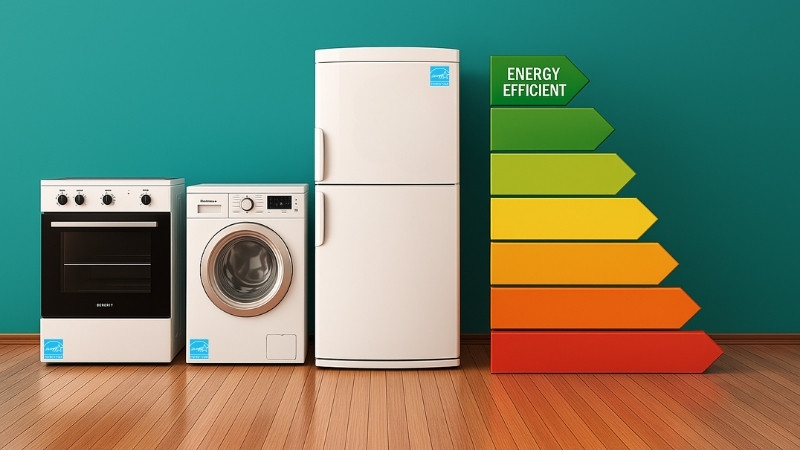
Old appliances waste power every minute they run. They draw more electricity, generate more heat, and push your utility bill higher. Swapping them for efficient versions may cost a bit upfront, but it saves energy for years.
Check for the Energy Star label or ask your utility company about rebates. Even switching to a high-efficiency washing machine or refrigerator can help keep the environment clean by cutting energy waste at the source.
What makes the biggest difference:
- Refrigerators
- Water heaters
- Heating and cooling systems
- Clothes dryers
16. Dial Down Your Thermostat
Heating and cooling your home burns through energy faster than almost anything else. Turning your thermostat just two degrees lower in winter or higher in summer makes a big difference.
You stay comfortable, your energy bill drops, and the environment catches a break.
To keep the environment clean, you don’t need to suffer through cold or heat—just shift the settings gradually and pay attention.
Simple Habits Can Make a Difference
- Use blankets and layers instead of extra heat
- Keep sun-exposed curtains open in winter and closed in summer
- Don’t heat or cool rooms you don’t use
17. Use A Programmable Thermostat
Manual changes help, but a programmable thermostat turns that habit into a system. You can set it to reduce heating or cooling when you’re asleep or away from home.
| Situation | Manual Thermostat | Programmable Thermostat |
|---|---|---|
| Away for 8 hours | Still runs | Reduces automatically |
| Overnight while sleeping | Constant temp | Adjusts for savings |
| Energy use over one month | Higher | Lower |
18. Turn Off Unused Lights And Electronics

It sounds small, but it’s not. Standby power and unnecessary lighting add up. Many homes waste 5 to 10 percent of energy that no one even uses.
You walk out of a room—flip the switch. You stop using the TV—turn it off completely. Chargers, game consoles, printers, and smart speakers all drain energy when left plugged in for no reason.
If you want to help keep the environment clean, start with the things you forget are still running. Power strips with switches make it easier.
19. Fix Water Leaks
That drip you’ve been ignoring? It adds up. A leaky pipes can waste over 3,000 gallons in a year. That’s the amount needed for over 180 showers.
To keep the environment clean and protect fresh water, small plumbing fixes are one of the fastest wins. You don’t need to be a plumber—tightening a connection or swapping out a worn washer can solve it in minutes.
20. Install Low-Flow Or Dual Flush Toilets
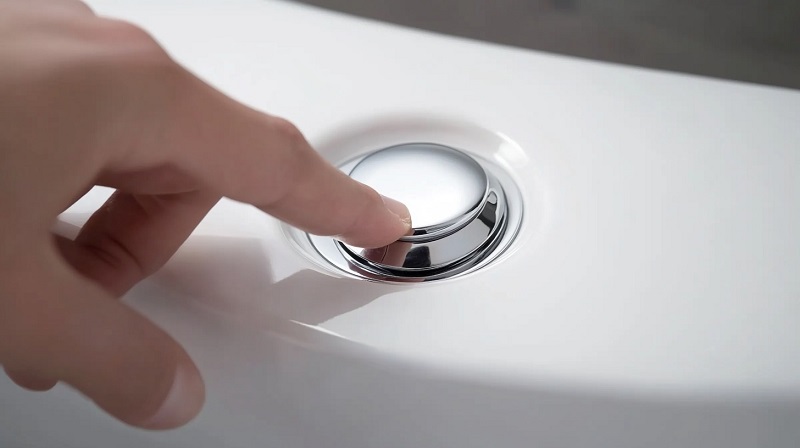
Older toilets can use 3 to 5 gallons of water with every flush. Low-flow and dual flush models cut that nearly in half, without sacrificing performance.
In homes with multiple people, this change alone can save thousands of gallons each year. And that means less strain on treatment systems, water bills, and clean water sources.
21. Only Run Full Dishwasher And Washing Machine Loads
Every cycle uses water, heat, and electricity. Half-full loads waste those resources and wear out machines faster.
Instead of rushing to clean a few dishes or shirts, wait until there’s enough for a full cycle.
That one change helps keep the environment clean by cutting unnecessary waste without changing your daily life too much.
Most modern machines also have eco modes—use them if available.
22. Take Shorter Showers
Shorter showers are simple but powerful. You can save up to 10 gallons per minute depending on your water pressure.
Set a timer for five minutes or less. Play one short song and finish before it ends. Hot water takes energy to produce, so saving water means saving fuel too.
23. Turn Off Tap When Brushing Teeth
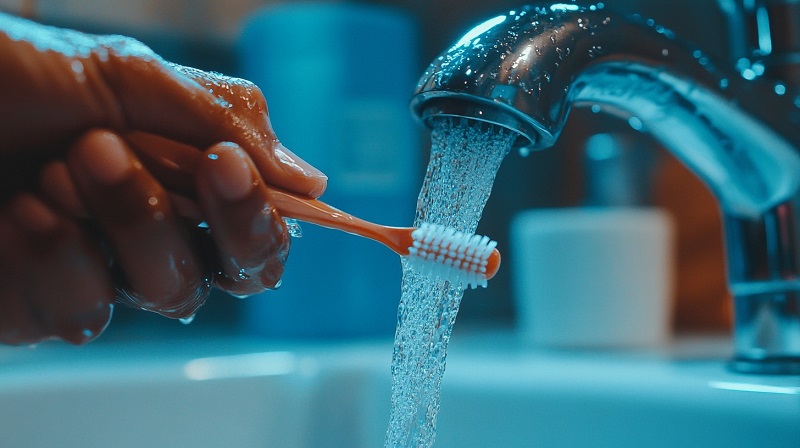
This one seems minor but has a huge long-term impact. Leaving the tap running while brushing your teeth can waste four to five gallons in just two minutes.
Turning it off takes two seconds and uses zero effort. Multiply that by every person in your household twice a day, and the numbers grow.
Small daily habits like this help keep the environment clean in ways most people overlook.
24. Use A Rain Barrel
View this post on Instagram
Rainwater is free, clean, and perfect for outdoor use. Installing a rain barrel under a downspout gives you water for plants, lawns, and even car washing.
It also reduces stormwater runoff, which often carries pollutants into rivers. You don’t need anything fancy—just a basic setup with a cover to keep bugs out.
25. Avoid Over-Fertilizing
Too much fertilizer harms more than it helps. The excess runs off into streams and lakes, causing algae blooms that choke out wildlife.
If you garden or care for a lawn, test the soil first. Apply only what’s needed and avoid adding chemicals before a rainstorm.
26. Choose Nontoxic Home Improvement Materials
Paints, glues, varnishes, and flooring materials often contain volatile organic compounds that pollute indoor air and water systems.
Choose low-VOC or VOC-free versions when painting or renovating. Opt for sustainable materials like reclaimed wood, bamboo, or recycled tile.
27. Shop In Bulk To Reduce Packaging
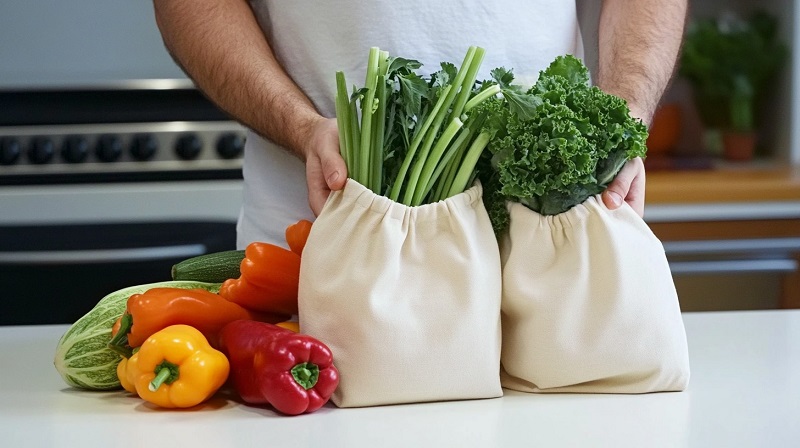
Buying in bulk reduces how much plastic and cardboard gets used in the first place. Instead of ten small containers, choose one large one.
Refill jars, use cloth produce bags, and skip single-use packs whenever possible.
28. Refuse Over-Packaged Items
Some products come in layers of unnecessary plastic, boxes, bags, and seals. When you can, choose items with simple, minimal packaging.
Fruits and vegetables don’t need to be wrapped. Skip the shrink wrap. Reject brands that overdo it.
29. Bring Your Own Reusable Containers
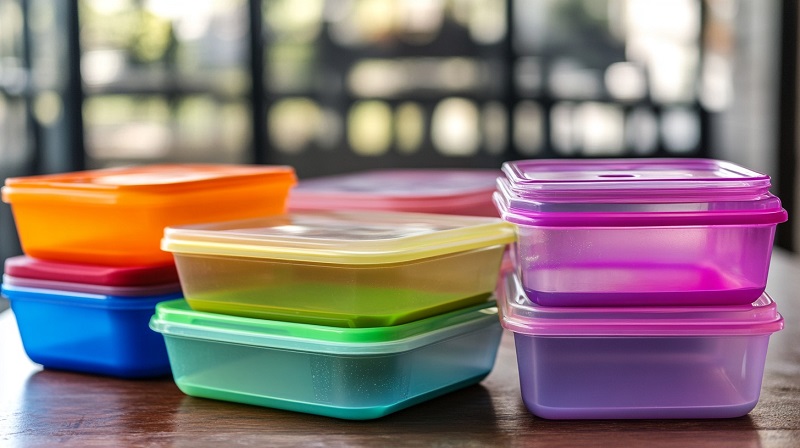
Bringing your own containers for takeout, bulk food, or leftovers at restaurants is a quiet but powerful habit.
It avoids foam, plastic, and wrappers that often go straight to landfill. Keep one clean container in your car or bag for convenience.
Once it becomes a routine, it saves waste every time you eat outside your home.
30. Plant Trees
Trees absorb carbon dioxide, provide clean oxygen, protect soil, and offer shade that cools homes and cities.
They support birds, insects, and all kinds of other plant life. Even a single tree in a yard or park makes a difference.
If you cannot plant one yourself, you can donate through city projects, schools, or reforestation groups.
Trees grow slowly, but they keep working for decades. Every new tree helps keep the environment clean by absorbing pollution and anchoring local ecosystems.
31. Manage Waste Properly
View this post on Instagram
Proper waste management begins at home. Tossing everything into one bin ruins any chance of recycling, composting, or safe disposal. Learn the main categories: recyclables, organics, landfill, and hazardous waste.
Use color-coded bins and label them clearly. If you live in an apartment, ask for better shared systems.
Hazardous items like batteries, old electronics, paint, and cooking oil should never go in the regular trash. Drop them off at the correct facility. Strong lids and scheduled pickups prevent waste from spilling or blowing into streets and waterways.
A clean system at home helps keep the environment clean by stopping pollution before it starts.
Now we have two open slots in your list. Recommended replacements:
- Create a Home Recycling Station
- Avoid Flushing Harmful Chemicals
32. Landscape With Native Plants
Native plants are built for your local soil, rainfall, and weather. They thrive with less water, no chemical fertilizers, and zero need for pest control. Once they take root, they support birds, bees, and butterflies by providing food and shelter.
Instead of high-maintenance lawns or imported shrubs, choose plants that already belong in your region. Ask a local nursery or extension office for help.
Planting native species helps keep the environment clean by reducing chemical runoff, cutting water use, and restoring natural balance to your yard or neighborhood.
33. Do Not Litter
Litter doesn’t just look bad. It clogs drains, poisons animals, and pollutes water sources. Most of it starts with small careless moments—wrappers tossed from a car, bottles left behind at parks, napkins dropped in parking lots.
Every person has full control over this. Keep bags in your car, carry small containers for trash when outside, and speak up if someone near you is about to leave waste behind.
Avoiding litter is the most basic way to help keep the environment clean. It shows respect for shared space and prevents damage before it begins.
34. Organize A Community Cleanup
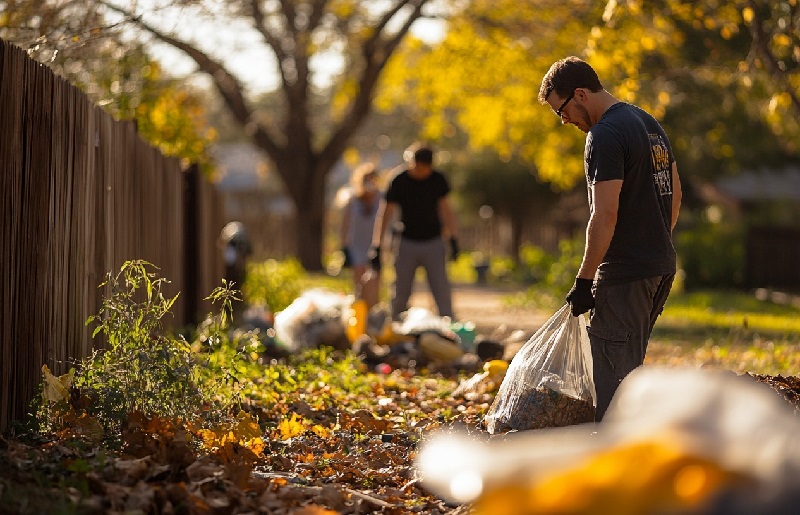
Cleanups build pride, connection, and results you can see in real time. One small group can clear blocks of litter in just a few hours. Parks, schoolyards, creeks, and empty lots all benefit from a good cleanup effort.
Start by asking a few neighbors or coworkers to join. Bring gloves, bags, and a way to sort items for recycling. You can partner with local groups or do it on your own.
This simple act helps keep the environment clean while showing others that small teams can make a big impact.
35. Carpool, Bike, Or Use Public Transportation
Every solo drive adds fuel emissions to the air. Carpooling with even one person cuts that in half. Biking skips the fuel entirely. Trains, subways, and buses carry dozens of people on the same route using far less energy per mile.
You don’t need to do it daily. Even switching modes a few times a week adds up.
Choosing group or zero-emission transport is a practical way to keep the environment clean by lowering traffic and air pollution in your area.
36. Choose Electric Or Hybrid Vehicles
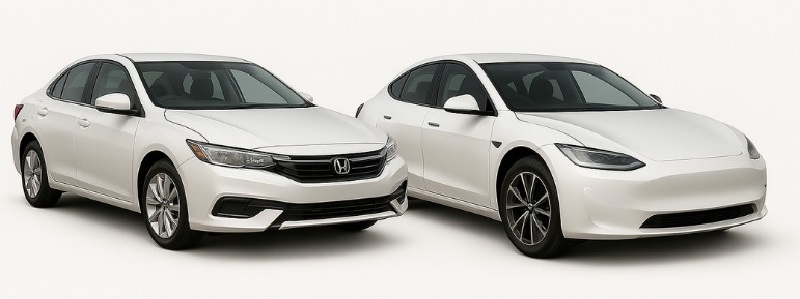
Gas-powered vehicles are one of the top sources of carbon emissions. Electric and hybrid vehicles dramatically reduce that footprint. They require less fuel or none at all and often last longer with fewer moving parts.
Yes, the price may be higher upfront—but many areas offer rebates or tax credits to help.
If you need to own a car, choosing a cleaner one is a direct way to help keep the environment clean without changing your travel habits entirely.
37. Encourage Children To Play Outside
Screens keep kids indoors, and that disconnect often leads to disinterest in nature. Simple outdoor play—digging in dirt, climbing trees, building forts—builds a natural bond with the environment.
Once kids feel attached to nature, they’ll care more about protecting it.
Let them explore parks, collect leaves, or plant a few seeds in the yard. These little things teach responsibility and help keep the environment clean by growing the next generation of environmental stewards.
Things People Often Get Wrong About Helping the Environment
Some habits sound helpful but do more harm than good. Others feel pointless but actually work. It’s easy to pick up bad information, especially when advice gets repeated without question. Here are a few things people often get wrong—and what’s actually true.
1. Tossing Anything Into the Recycling Bin Helps
Not really. If you mix food-covered containers, plastic bags, or greasy boxes with real recyclables, you can ruin the entire batch. Always clean items and follow your local guidelines.
2. Plastic Labeled “biodegradable” Is Safe to Toss Anywhere
Wrong. Most “biodegradable” plastics only break down under industrial conditions. In landfills or oceans, they act like any other plastic. Compostable packaging usually needs a commercial composting facility—not your backyard pile.
3. Paper Is Always Better than Plastic
Not always. Paper bags, for example, use more water and energy to produce than reusable plastic ones. If you’re reusing a bag over and over, that matters more than what it’s made of.
4. Driving to The Recycling Center Every Week Helps More
Driving long distances often cancels out the benefit, especially if you’re hauling one small bag. Combine errands or go monthly. Efficiency makes more impact than frequency.
5. If It’s Recyclable Somewhere, It Must Be Fine Here
Recycling rules are local. One city might accept bottle caps and clamshells. Another might ban both. Never assume—look it up before tossing something in the bin.
Final Thoughts
You don’t have to do all these things at once. Start with one that feels simple. Stick with it. Then add one more when you’re ready. That’s how real habits form.
Look around your home. Notice what ends up in your trash. Notice what keeps coming back into your shopping cart. That’s where your choices begin to shape results.
Small actions done often lead to cleaner spaces, healthier air, less noise, less waste, and a better way to live. The results aren’t dramatic. They’re steady. And that’s what counts.
Set your own pace. Keep going. Every step matters.
















